I bought my first proper overcoat when I was twenty-three, fresh out of university and heading to my first job interview at a magazine. It was a navy wool and cashmere blend from a department store sale rack – reduced from “eye-watering” to merely “painful” – and I remember standing in front of the mirror in the fitting room having one of those moments. You know the ones, where you catch sight of yourself and think, “Oh, there I am.” Not the student version of me in hoodies and vintage military jackets, but some future self who apparently knew how to iron a shirt properly and might one day understand mortgage payments.
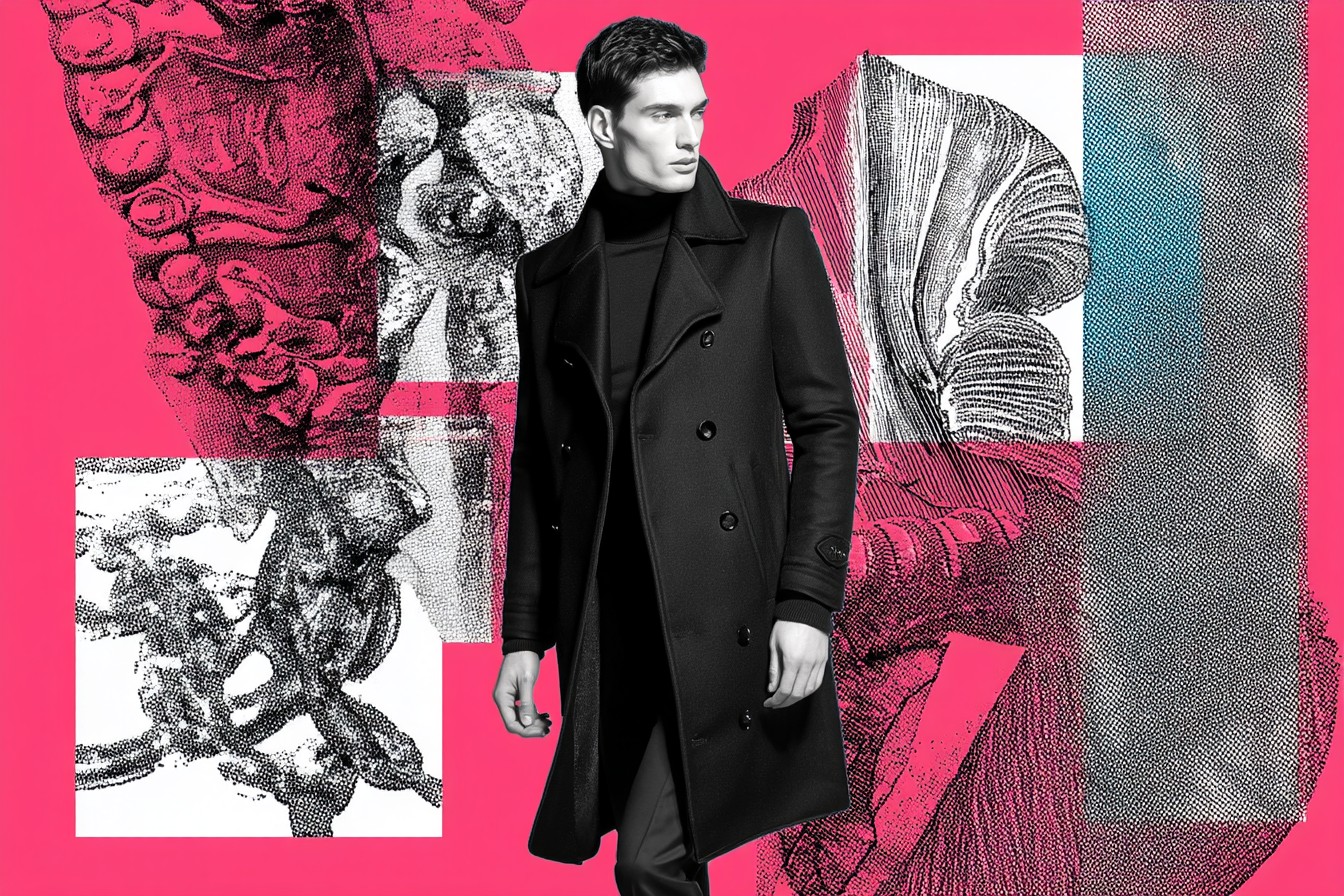
I didn’t get that job, as it happens, but I got the coat. Seventeen years later, it’s still hanging in my wardrobe. The lining has been replaced twice, there’s a barely noticeable repair on one sleeve where I caught it on a metal fence, and it’s been slightly adjusted as my body has shifted from “skipped too many meals to afford beer” thinness to “writes about food as well as clothes” solidity. But the coat itself is essentially unchanged – if anything, it looks better now than when I bought it, the fabric having softened and settled over nearly two decades of British winters.
That coat cost me £280 in 2008, roughly equivalent to about £450 today. At the time, it felt like financial madness. I ate beans on toast for weeks afterward. But if I calculate the cost-per-wear over seventeen years of regular winter use, we’re talking pennies per outing. Compare that to the disposable fast fashion many of us buy without blinking – the £60 jackets replaced every season, the trend-chasing purchases worn a handful of times – and suddenly that painful investment doesn’t seem so painful after all.
But here’s the thing about overcoats: unlike that avocado-shaped bag or those aggressively square-toed shoes you’ll cringe at in photos five years from now (don’t pretend you don’t have fashion regrets – we all do), a well-chosen overcoat is genuinely timeless. It’s possibly the only garment where what looked good on your grandfather still looks good today, and will likely still look good on your grandchildren. When you’re spending serious money on clothes, that kind of longevity matters.
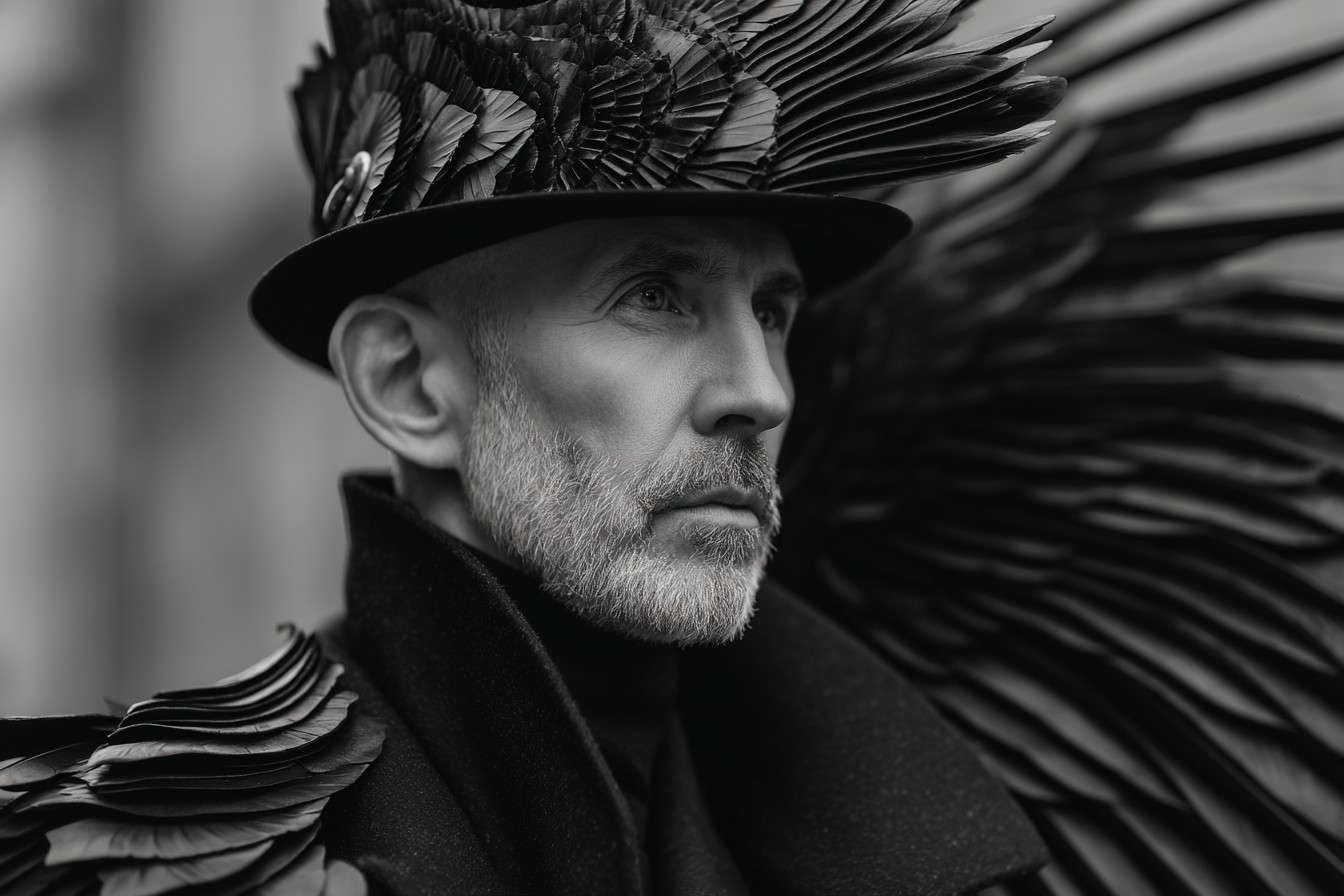
Of course, “serious money” is relative, especially in today’s economy where the price of eggs makes me wonder if I should be investing in chickens rather than clothes. The overcoat market spans from budget high street options under £100 to bespoke tailored pieces that could fund a decent used car. So the question becomes: where along this spectrum should you be aiming? Is the investment piece worth it, or can you find genuine quality on the high street?
I’ve spent the last few months conducting a somewhat excessive investigation into this question, which has involved everything from lurking in designer department stores pretending I might actually purchase something, to convincing various friends to let me thoroughly examine (and occasionally steal for test drives) their coats across different price points. My long-suffering tailor has been subjected to lengthy interrogations about canvassing and shoulder construction. I’ve even tracked down the factories that produce coats for both luxury labels and high street brands to understand where the real differences lie.
Let’s start with the investment end, which I’m defining as £500 and up. What exactly are you paying for at this level? First and most importantly: material. A high-quality wool overcoat will typically use lambswool or cashmere blends with a higher percentage of natural fibers and longer staple length, resulting in greater warmth, better drape, and significantly improved longevity.
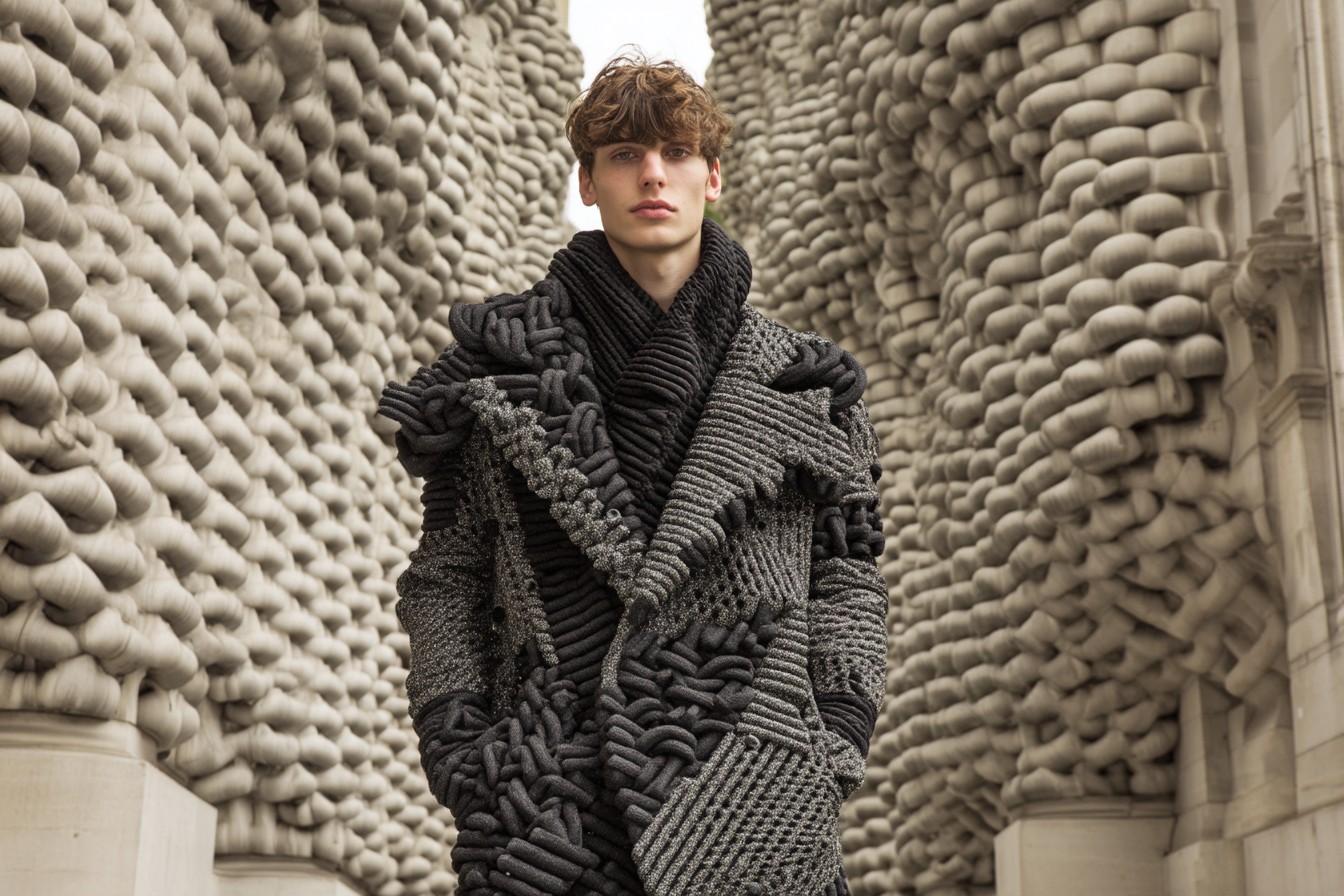
Take my friend Marcus’s Crombie coat, purchased seven years ago for just over £800. The fabric is a 90% wool, 10% cashmere blend that’s substantial without being suffocating. After regular winter wear, it shows virtually no pilling or surface wear. Compare this to my assistant Tom’s £120 high street version, which began developing those annoying little bobbles after half a season and now looks noticeably tired despite careful maintenance.
The second major difference is construction. Better overcoats use canvassing – layers of horsehair or synthetic material between the outer fabric and lining – which creates structure and allows the coat to mold to your body over time. Cheaper coats use glued interfacing (known as fusing), which is initially effective but tends to delaminate with wear and cleaning, creating bubbling or rippling on the surface. It’s why budget coats often develop that peculiar rumpled appearance that no amount of pressing can fix.
You’re also paying for details: real horn buttons instead of plastic, functional buttonholes, hand-stitched elements, superior linings. None of these make an immediately obvious visual difference, but collectively they contribute to a coat that ages gracefully rather than simply getting old.
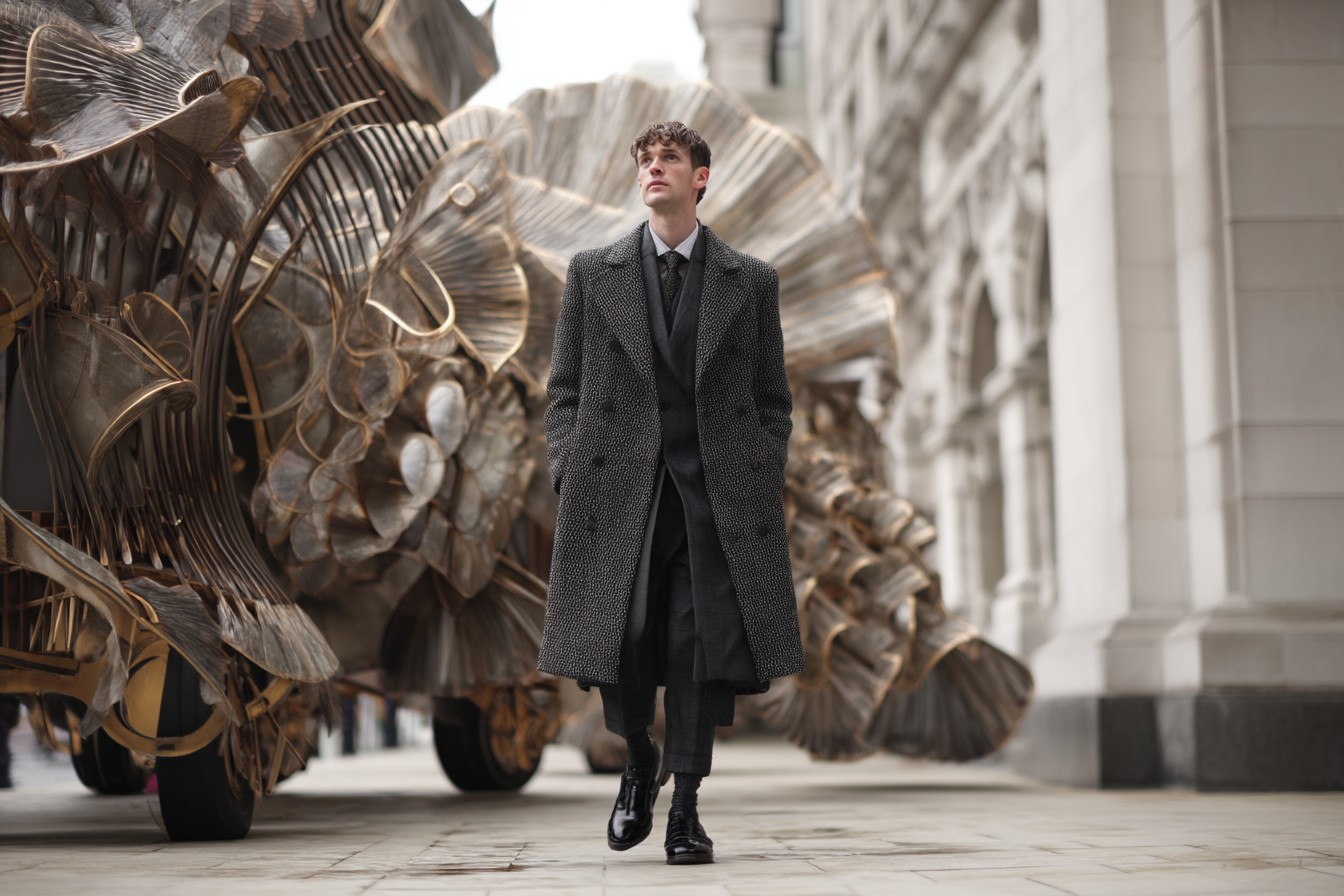
But here’s something the luxury brands don’t advertise: diminishing returns kick in hard at the upper end of the market. There’s a substantial quality difference between a £150 coat and a £600 coat. The difference between a £600 coat and a £2,000 coat? Often surprisingly minimal, particularly if you’re looking at larger brands rather than specialist tailoring houses.
I discovered this when comparing my editor’s Private White V.C. overcoat (around £750) with a major designer label version owned by a rather smug banker friend (approximately £2,300). Examining them side by side, the materials and construction were remarkably comparable. The designer coat had fancier buttons and a more elaborate lining, but in terms of the elements that affect longevity and performance, they were essentially matched.
This brings us to the sweet spot for investment overcoats: the £500-£900 range, where you’ll find brands like Private White V.C., SEH Kelly, Crombie, and some of the better department store own-labels like Jaeger. At this price point, you’re getting quality materials, proper construction, and attention to detail without paying the premium that comes with designer branding.
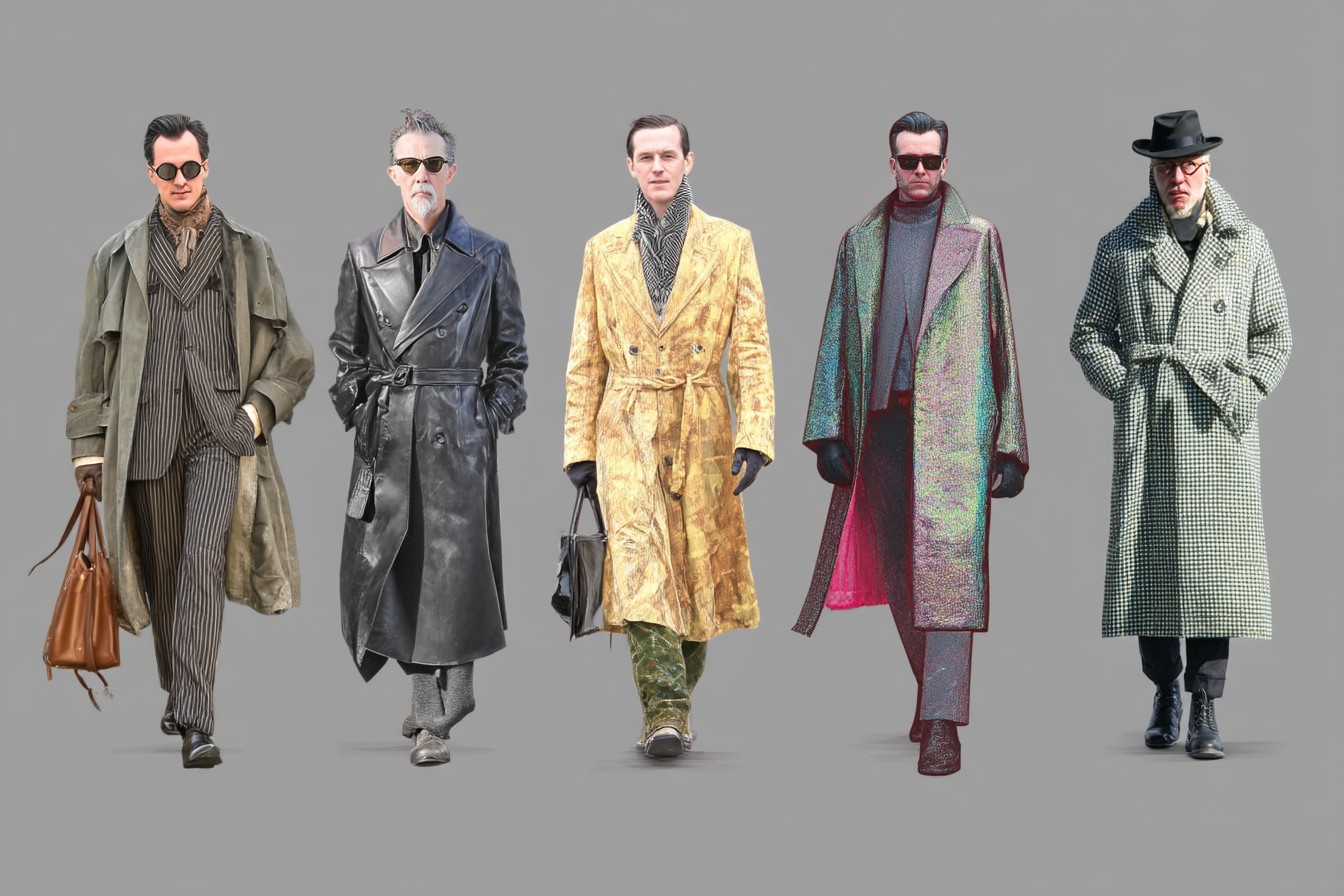
But what if your budget doesn’t stretch to the investment category? Is it possible to find a genuinely good overcoat on the high street?
The short answer is yes, with caveats. High street overcoats typically compromise in three areas: fabric composition (more synthetic fibers), construction (fused rather than canvassed), and detailing (plastic buttons, simplified tailoring). But some brands handle these compromises better than others.
The biggest problem with high street coats isn’t actually how they look when new – many look quite impressive on the rack – but how quickly they deteriorate with wear. That smart wool-blend coat can start to look shabby after just one season if the fabric quality isn’t there. This is where the cost-per-wear calculation becomes important. A £150 coat replaced every two years ultimately costs more than a £600 coat that lasts a decade or more.
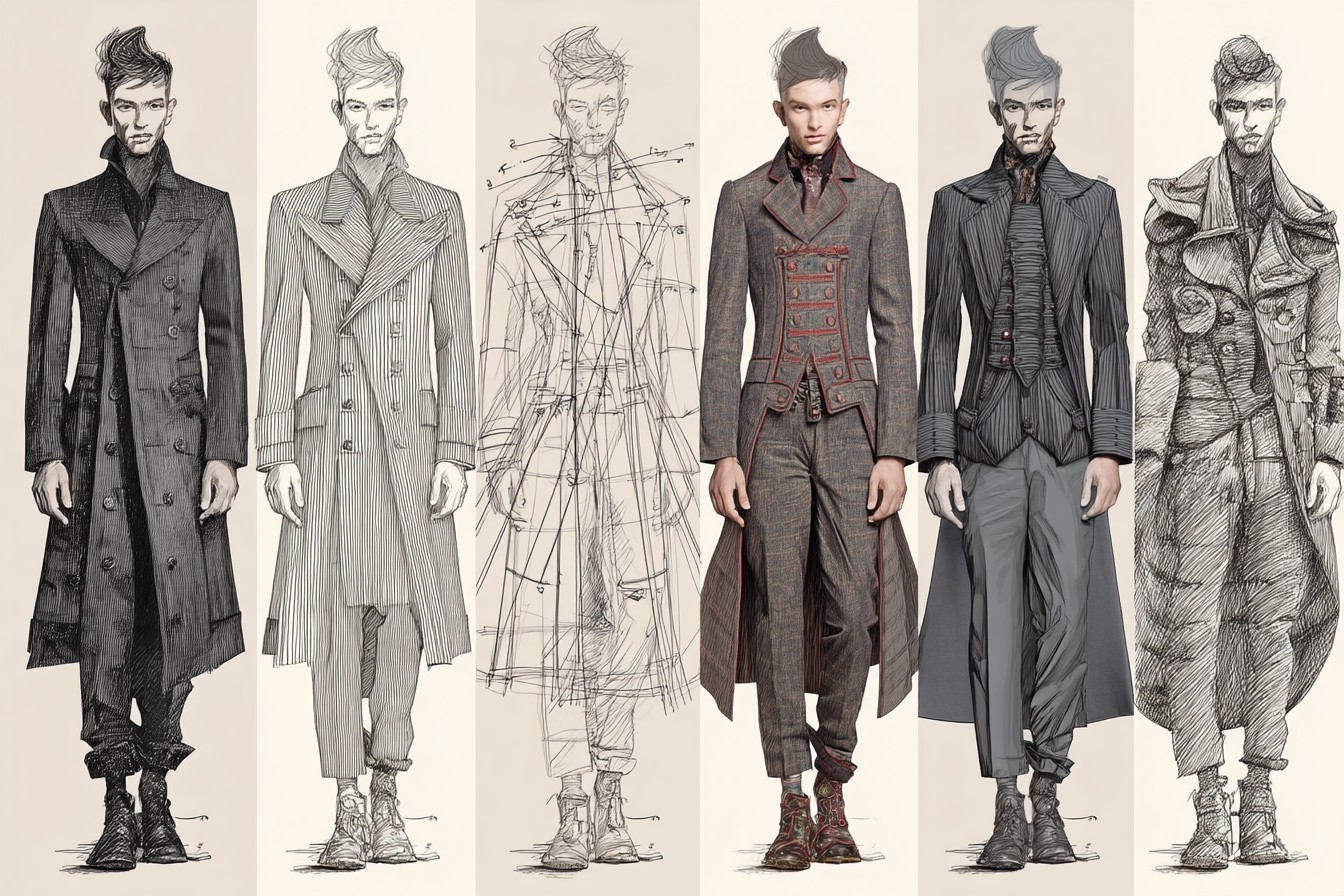
If you’re shopping at the high street level, fabric composition becomes your most critical consideration. Look for the highest possible percentage of wool – anything over 60% is reasonable, over 80% is excellent for this price point. Be especially wary of coats with more than 10% polyester, which tends to pill and lose shape faster than other synthetics like viscose.
Marks & Spencer deserves particular mention for offering some of the best quality-to-price ratios on the high street. Their pure wool overcoats hover around the £150-£200 mark and, while not competing with investment pieces in terms of refinement, offer genuine warmth and respectable longevity. Their tailoring is conservative but that’s actually an advantage in an overcoat, where trendy cuts tend to date quickly.
Uniqlo’s wool-blend overcoats (around £130) offer remarkable value, though they’re typically lighter weight than traditional British overcoats – better suited to autumn or milder winter days. What they lack in heft they make up for in clean design that belies their price point.
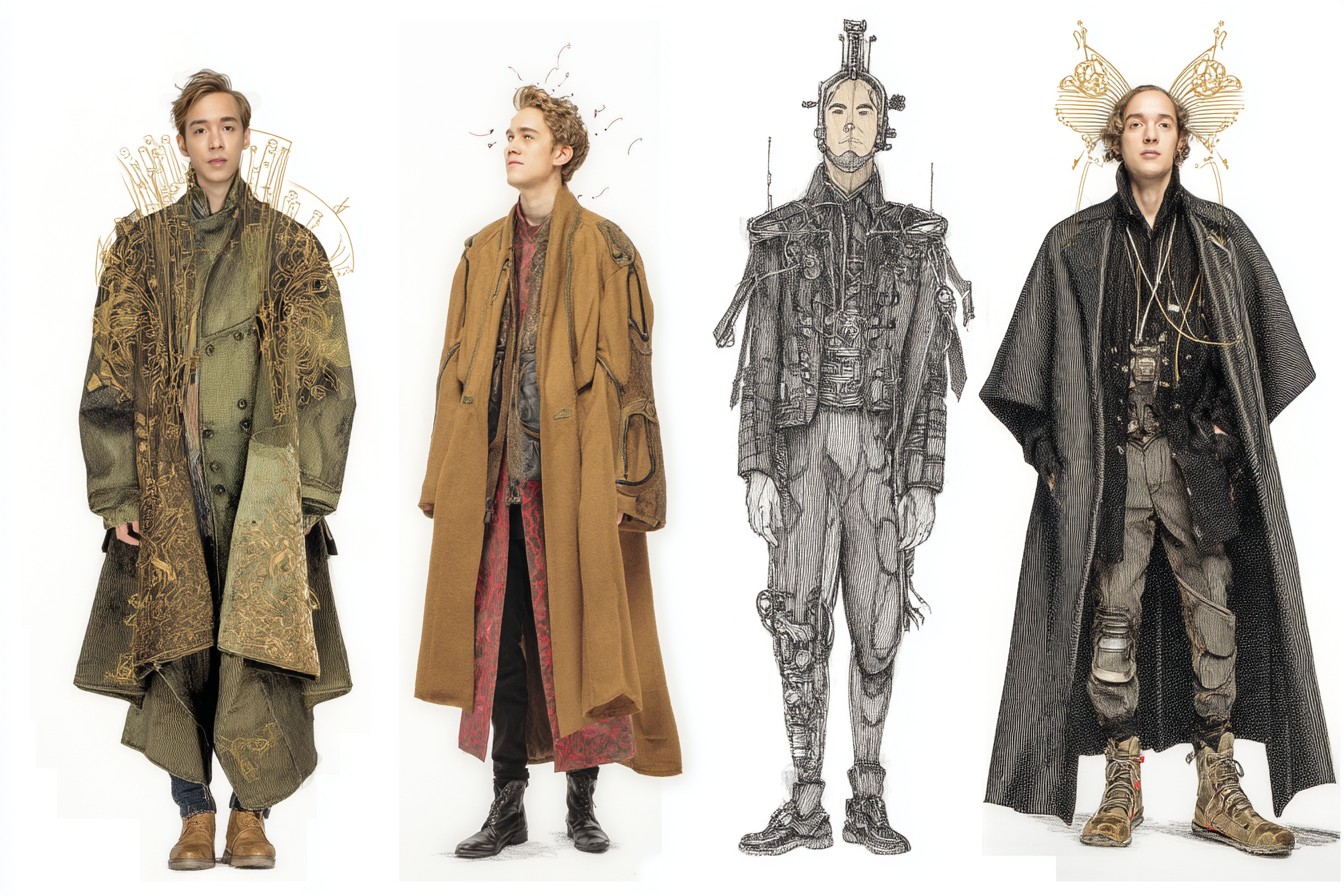
COS occasionally produces overcoats that punch well above their weight class, with better-than-average materials and construction in the £225-£300 range. Their minimalist aesthetic works particularly well for outerwear, avoiding details that might reveal corners cut.
Among the mid-market high street brands, Reiss deserves recognition for overcoats that bridge the gap between high street and investment pieces. At £300-£400, they’re not cheap, but the quality of both materials and construction often rivals coats costing significantly more.
Where the high street genuinely struggles is in the very classic, formal overcoat styles – the Chesterfields and Covert coats that require precise tailoring and substantial fabrics to look right. If you’re after these more traditional styles, it’s generally worth saving up for the investment version or exploring the vintage market.
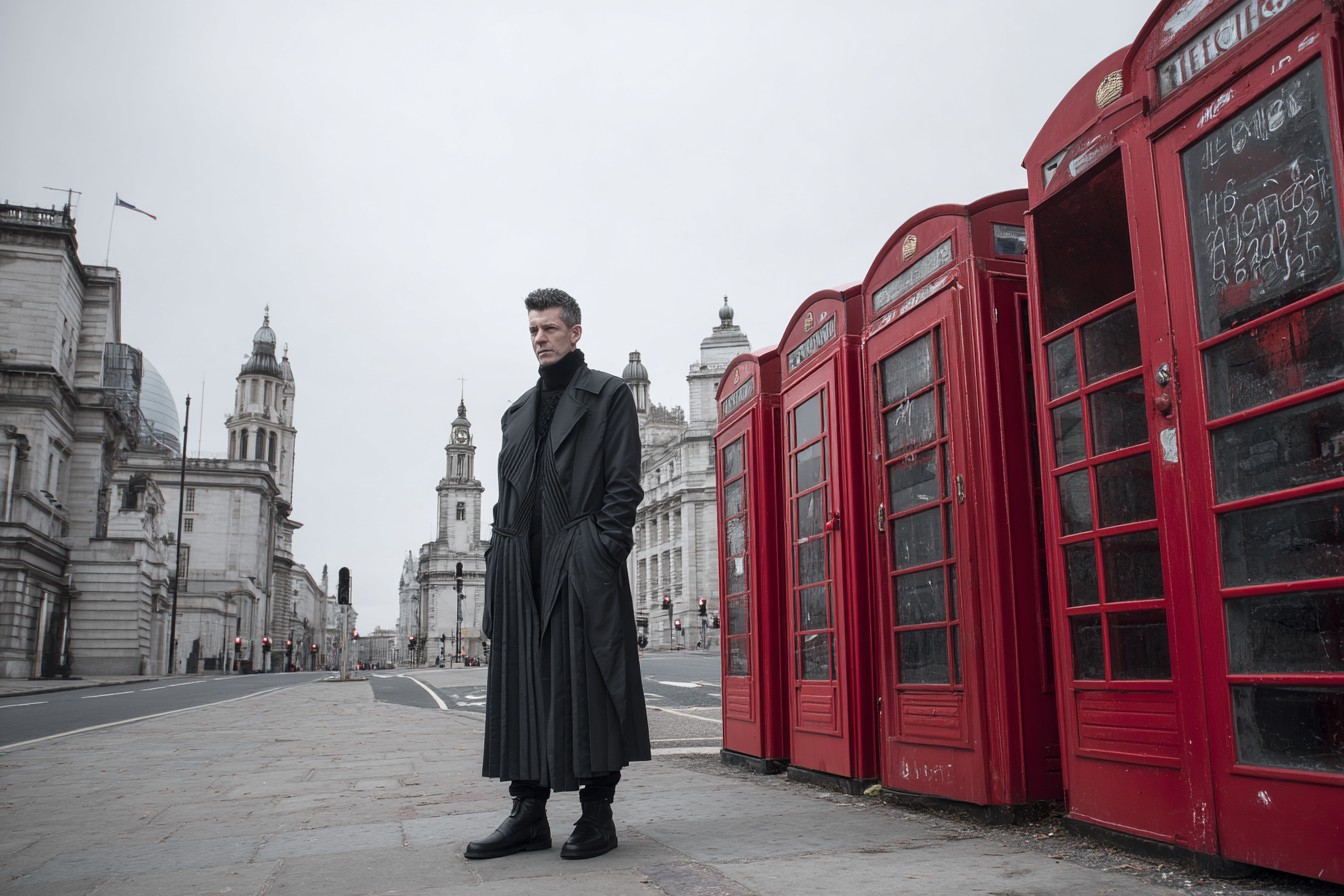
Ah yes, vintage – potentially the best value in quality outerwear if you’re willing to put in the legwork. Men’s overcoats from the 1960s through the 1980s were often made to standards that meet or exceed today’s investment pieces, at a fraction of the price. My most complimented coat is actually a 1970s camel hair number purchased from a vintage shop in Manchester for £140, which would likely cost close to £1,000 new today.
The vintage route does require more effort – finding the right size, ensuring there’s no moth damage, potentially budgeting for alterations or repairs. But for pure quality-to-price ratio, it’s unbeatable. Older coats were frequently made with heavier, more substantial fabrics than their modern equivalents, even at luxury price points. They don’t make them like they used to is a cliché, but in this case, it’s often literally true.
If you’re considering the vintage option, focus on classic styles and neutral colors that won’t betray their age. Navy, charcoal, camel, and black in simple single-breasted or double-breasted cuts will look contemporary despite their years. Avoid anything with exaggerated features – massive lapels, too-bold patterns, unusual details – unless you’re specifically aiming for a statement piece.
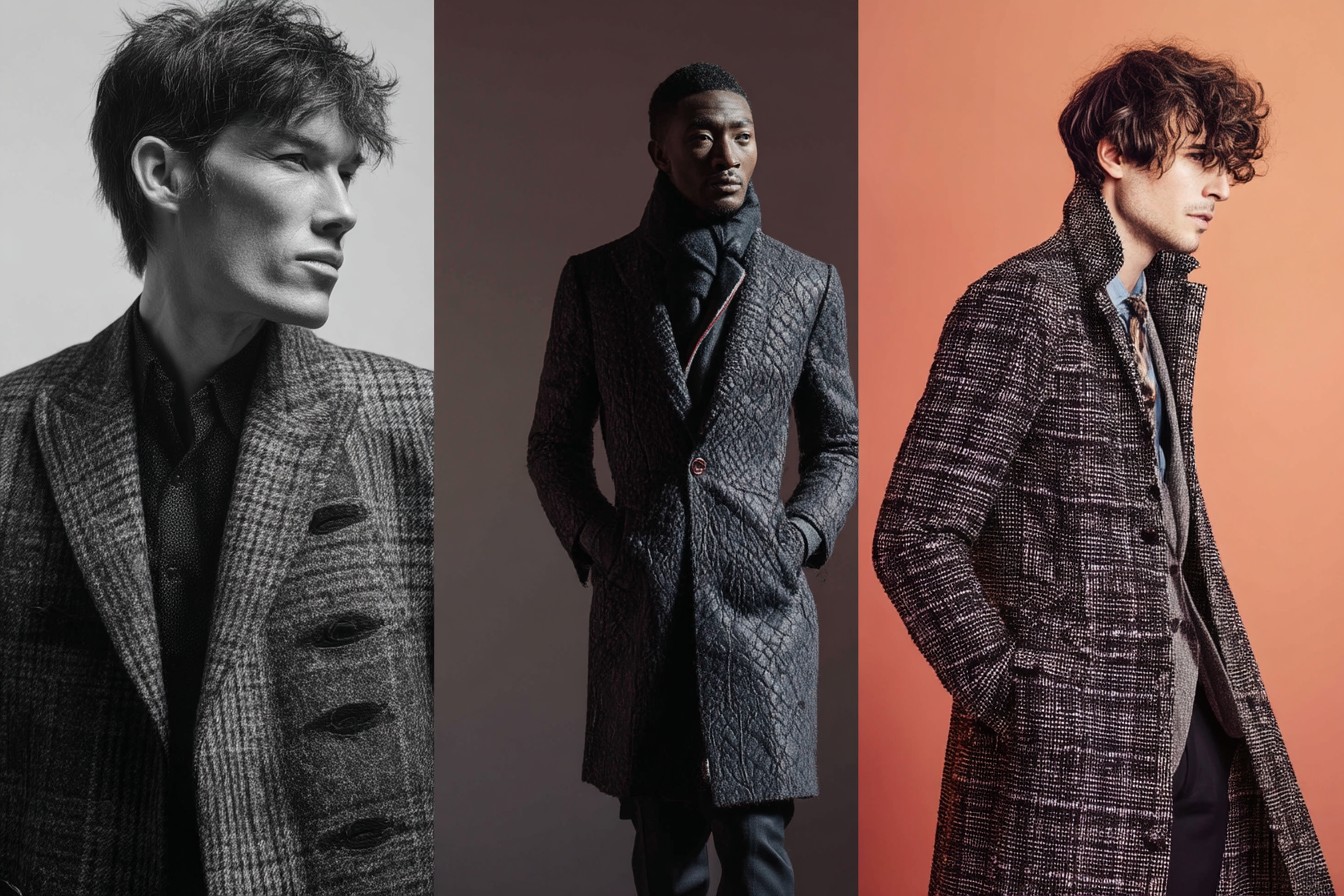
Regardless of whether you’re buying new or vintage, investment or high street, certain principles apply across the board. Fit is paramount – an inexpensive coat that fits perfectly will always look better than a luxury coat that doesn’t. Shoulders should be neither too snug nor too roomy, length should hit somewhere between mid-thigh and just above the knee, and the chest should allow for a jacket or heavy jumper underneath without straining.
Color is another critical consideration. If this is your only overcoat, or your first serious purchase, stick with the most versatile options: navy first, followed by charcoal grey, camel, or black. These will work across virtually any situation, from business to casual, and won’t date as trends shift. Save the bolder colors or patterns for your second or third overcoat.
Weight matters more than many realize. A proper British winter coat needs genuine heft – around 20-24oz fabric weight is ideal for our climate, providing warmth without requiring multiple layers underneath. Many high street coats use lighter weight fabrics (14-18oz) to save costs, which might be fine for milder days but won’t provide adequate protection during a proper cold snap.
One final consideration: alterations. A good overcoat is worth tailoring to your specific proportions, even if it means adding to the initial cost. Sleeve length, overall length, and sometimes waist suppression can all be adjusted by a competent tailor, turning a good coat into a great one. This is especially relevant when buying vintage, where cuts tend to be more generous, or when your body shape doesn’t align with standard sizing.
So what’s the verdict? Is the investment piece worth it, or can high street options deliver?
The honest answer is that it depends on your personal equation of budget, expected longevity, and how much you value the finer details. A £700 investment coat is objectively better than a £150 high street version in almost every measurable way. But is it almost five times better? Probably not.
What I can say with certainty is that a quality overcoat is one of the few genuine investment pieces in a man’s wardrobe. Unlike much of fashion, which is designed for planned obsolescence, a well-chosen overcoat can serve you faithfully for decades, potentially becoming the most enduring and cost-effective garment you’ll ever own.
My own navy overcoat, now approaching its eighteenth winter, has accompanied me through job interviews, first dates, funerals, celebrations, and countless ordinary days. It’s softened with my body’s movements, developed a patina that no new coat can replicate, and somehow still looks relevant despite nearly two decades of shifting trends. I can’t say the same for anything else I bought in my early twenties.
Whether you splash out on the investment piece or opt for the best the high street can offer, choose with longevity in mind. In an age of disposable fashion, there’s something profoundly satisfying about owning a garment designed to last longer than your current haircut, job, or relationship status. The overcoat is one of the last bastions of genuine permanence in a wardrobe landscape increasingly defined by transience. Choose accordingly.

Leave a Reply